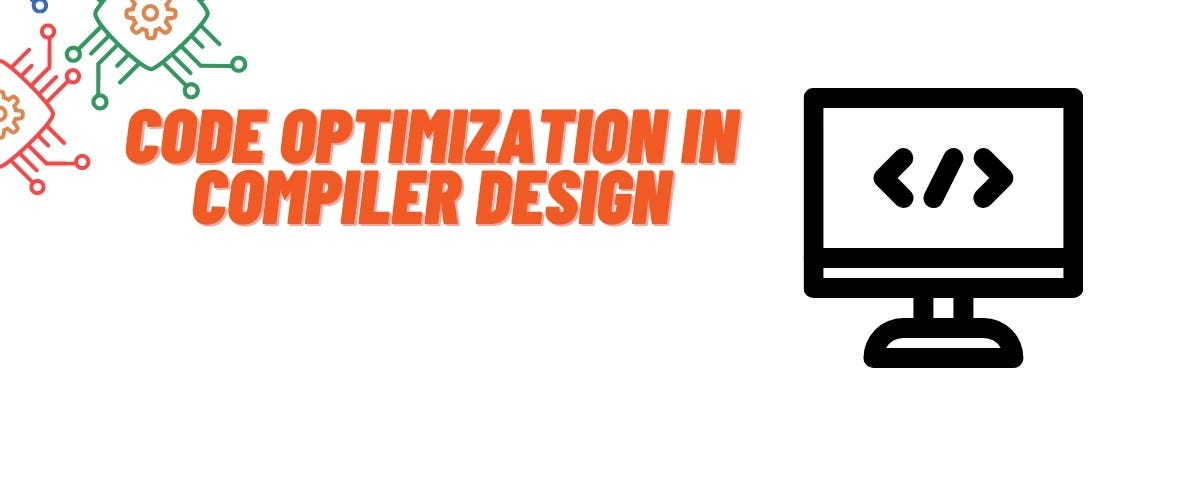Understanding Peephole Optimization
Peephole optimization is a crucial technique employed in compiler design to enhance the efficiency and performance of generated code. It operates by analyzing and optimizing small, localized portions of code, known as “peepholes,” to eliminate redundant or inefficient instructions. By targeting specific sequences of code, peephole optimization can significantly improve the runtime performance and resource utilization of compiled programs.
1. Identifying Redundancies and Inefficiencies
The first step in peephole optimization is to identify patterns or sequences of instructions within the code that are redundant, inefficient, or suboptimal. This involves analyzing the generated assembly or machine code to pinpoint areas where improvements can be made. Common inefficiencies include unnecessary memory accesses, redundant computations, and suboptimal control flow structures.
2. Applying Optimization Techniques
Once potential areas for optimization are identified, various techniques can be applied to improve the code’s efficiency. These techniques may include:
- Constant folding: Evaluating constant expressions at compile time to replace them with their computed values.
- Dead code elimination: Removing unreachable or redundant code that does not contribute to the program’s functionality.
- Strength reduction: Replacing expensive operations with equivalent, cheaper alternatives (e.g., replacing multiplication with shifts for powers of two).
- Common subexpression elimination: Identifying and eliminating redundant computations by reusing previously computed results.
3. Limitations and Considerations
While peephole optimization can yield significant performance improvements, it is not without limitations. One limitation is the scope of optimization, as peephole techniques focus on localized code sequences and may overlook opportunities for global optimizations. Additionally, aggressive peephole optimizations may increase code size or introduce new inefficiencies, particularly in cases where optimization decisions conflict or interfere with each other.
4. Integration into the Compilation Pipeline
Peephole optimization is typically integrated into the optimization phase of the compiler’s pipeline, following earlier stages such as lexical analysis, parsing, and semantic analysis. After the initial code generation phase produces intermediate code or assembly language, peephole optimization is applied to refine and optimize the generated code before final assembly or machine code generation.
5. Impact on Compiler Performance
The effectiveness of peephole optimization depends on factors such as the complexity of the code, the quality of the compiler’s optimization algorithms, and the target architecture’s characteristics. While some optimizations may yield significant performance gains, others may have minimal impact or even degrade performance in certain scenarios. Therefore, compilers often employ heuristics and cost models to prioritize optimizations based on their expected benefits.
6. Evaluating Optimization Effectiveness
To evaluate the effectiveness of peephole optimization, compilers may employ benchmarking techniques and performance profiling tools to measure the impact on runtime performance, code size, and resource utilization. By comparing optimized and unoptimized versions of compiled programs under various conditions, compiler developers can assess the efficacy of peephole optimization strategies and fine-tune their implementation accordingly.
Conclusion
In conclusion, peephole optimization is a vital component of modern compiler design, aimed at maximizing the efficiency and performance of generated code. By targeting localized code sequences and applying optimization techniques, peephole optimization can eliminate redundancies, reduce execution overhead, and improve overall program efficiency. However, careful consideration of optimization strategies, trade-offs, and integration into the compilation pipeline is essential to ensure optimal results and avoid unintended consequences.

